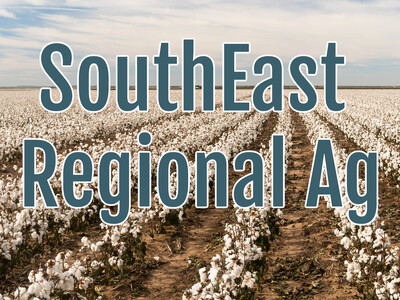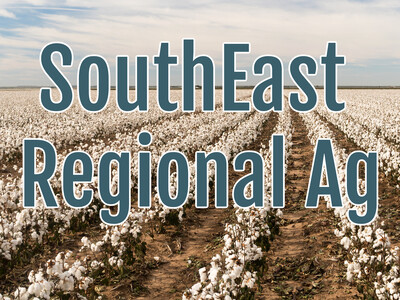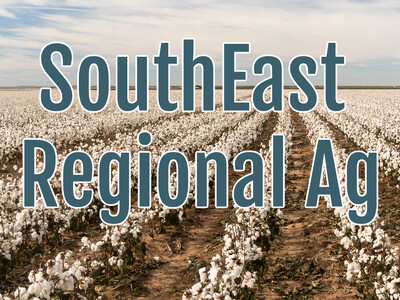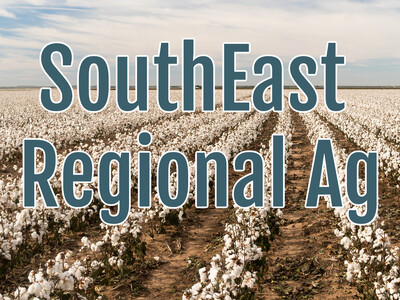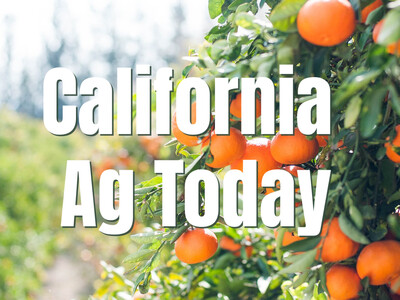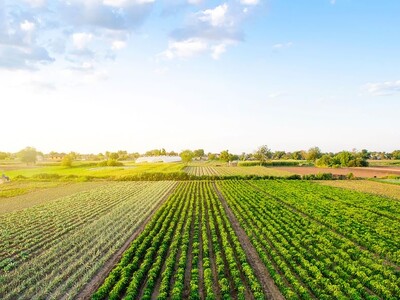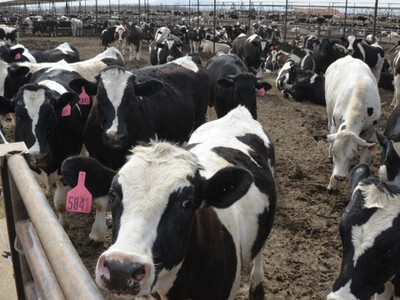Invasive Plant Species Month
With your Southeast Regional Ag Report, I'm Trevor Williams.April is “Invasive Plant Pest and Disease Awareness Month.” Invasive insects and plant diseases can cost the U.S. an estimated $40 billion in damages each year to trees, crops, and they threaten the economy, food supply, and the environment, especially here in the Southeast. Samantha Simon. the USDA’s Executive Director of Emergency and Domestic Programs, says April is typically the best time to spot many of the damaging, invasive species that can attack the crops in rural America, as well as garden plants and trees
“April is a time when many invasive plant pests start to emerge, and they’re easy to see, and people play an important, crucial role in preventing the spread. These are 20 hungry pests that are highly damaging and can cause damage to U.S. agriculture, for our citrus growers, for our winegrowers, the lumber industry, and our maple syrup producers. The best-known hungry pests are Emerald Ash Borer Beetle, exotic fruit flies, Asian Longhorn Beetle, and Spotted Lantern Fly, as well as a disease that’s called Citrus Greening Disease.”
She talks about ways to help slow the spread of invasive pests.
“Never move untreated firewood. If they are buying seeds or plants, it’s important to try to buy them domestically. If you’re buying online, please make sure and check the origin and the importing requirements to make sure that you’re purchasing plants or seeds that meet our requirements if they’re originating from overseas. It is important that if you find a hungry pest or have something you think is unusual, please report it to the USDA state plant health director in your state. The easiest way to find that information is to go to Hungry Pests Dot Com. There’s a state dropdown box, you can select your state, and you’ll have the number for your state plant health director.”
If you find any signs of invasive pests, it’s important to take the right steps as soon as possible.




